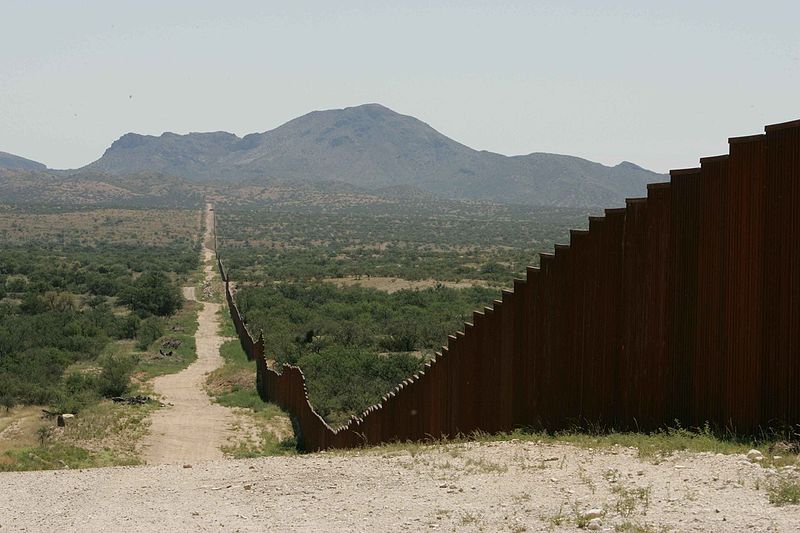What happens when environmental laws are not enforced? That question is usually reserved for countries that lack sufficient rule of law. In fact, one of ELI’s core missions is to support rule of law all over the world.
But, in one limited case, the problem hits a little closer to home. The border wall proposed by the Trump Administration would be exempt from most environmental laws.
That seems crazy, right? I did a double take when I heard about the exemption for the first time. A border wall that would span thousands of miles and impact thousands of species and hundreds of communities is exempt from the Endangered Species Act, the Clean Water Act, the Clean Air Act, and dozens of other environmental statutes.
 |
The story goes back to the Real ID Act of 2005, which waived nearly 40 laws along the border. In 2006, the Secure Fence Act used the broad exemption to construct hundreds of miles of fencing. The fence still stands and is already causing environmental issues like habitat fragmentation and increased flooding. But the wall that could be coming next will dwarf the fence currently in place.
The wall is planned to be taller and longer, requiring far more construction and upkeep. Simply put, this is a long-term environmental issue. What legal issues are currently outstanding? Let’s break it down:
1. Most environmental laws are exempt, but there could be loopholes in the exemptions. Some environmental advocacy organizations are considering litigation options, but based on a webinar we held on the topic, there do not seem to be many promising options from their perspective.
2. Tribal sovereign rights could prevent construction of the wall over a 75-mile portion of the border that overlaps with Tohono O’odham tribal lands. The Tohono O’odham Vice Chair has indicated that permission will not be given for wall construction.
3. Constitutional challenges could be brought. In relation to the fence, theories based on non-delegation, presentment, and the 10th Amendment have already failed in U.S. district court.
4. International law and human rights law could provide a legal hook for claims disputing the wall. However, given the “soft”-law nature of these laws, they are unlikely to have teeth to stop construction in a meaningful way.
5. Language in the Real ID Act mirrors language in the Clean Air Act, which the U.S. Supreme Court held in Michigan v. EPA requires a cost-benefit analysis. A professor of law at the University of Chicago has posited that the language could require a cost-benefit analysis for the exemptions to construct a border wall. However, this legal theory is a long shot given the difficulty of getting such a claim into court and the general discretion given to the executive branch when acting for national security purposes.
In other words, if you are looking for a legal avenue to challenge the border wall, that avenue will be uphill and winding, likely ending in a dead end. Instead, the best way to confront the true costs and benefits of the wall head on might simply be through facts.
Organizations like ELI can provide unbiased analysis that informs political mobilization from all sides of the political spectrum. The wall may not be vulnerable in court, but it may be vulnerable to the will of the people armed with an understanding of what a 2,000-mile border wall means for the environment and rule of law.
Click here to learn more about the environmental impacts of the border wall.
